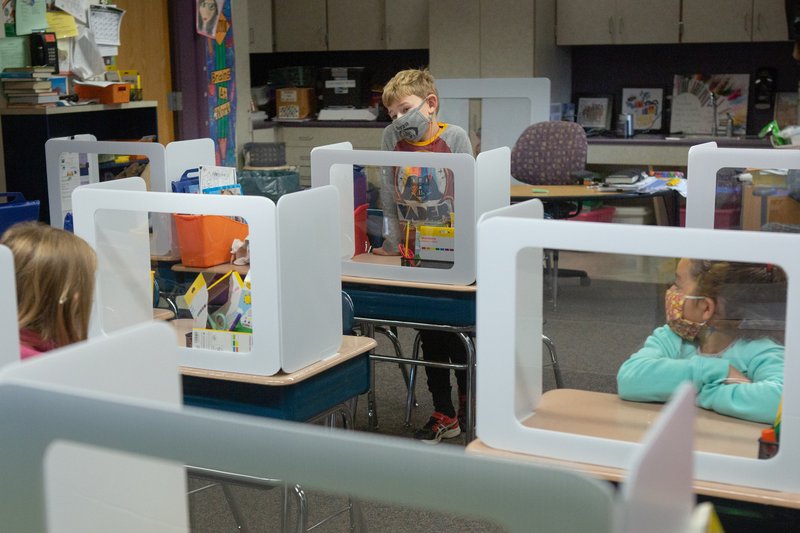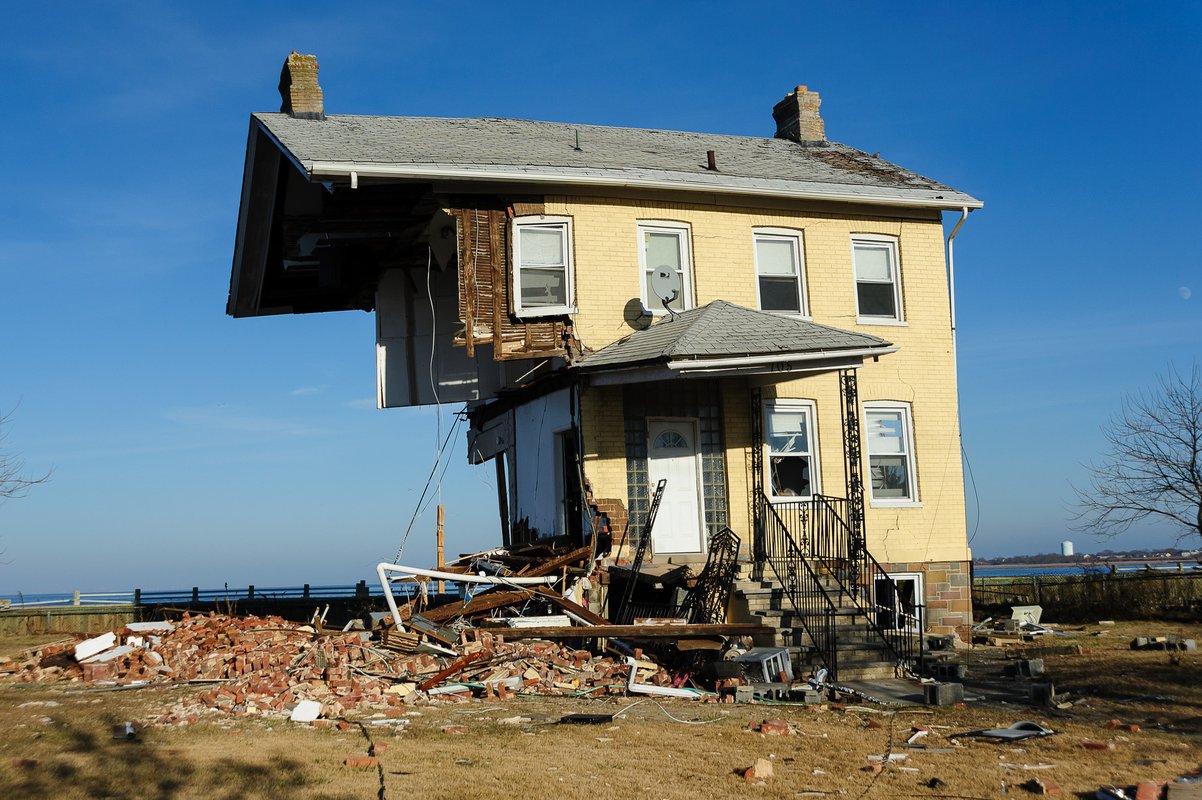Trump Administration's Clawback of COVID Dollars Leaves School Districts Holding the Bag
Blog Post

Allison Shelley for EDUImages
May 19, 2025
On March 28, at 5:03pm on a Friday, state education departments got some bad news. With no warning, the United States Department of Education was reversing an earlier decision to give school districts until March 2026 to use their federal COVID relief dollars. Instead, the Department had decided that time was up immediately—sooner, in fact. The Secretary of Education’s letter informed them that the new deadline was 5:00pm that day, three minutes before her message arrived. Any unused money would have to be forfeited back to the federal government. There have been efforts to challenge the decision in court, but after some delays, the new policy will apply to all states by the end of this week, on May 24.
Education officials were told they could apply for extensions for individual projects (a laborious process that isn’t yielding results for many districts). But the Secretary explained that, generally speaking, the Department now deems it too late for school systems to be spending money on responding to the COVID-19 pandemic. This was the only reason offered for the sudden change in policy. But that rationale fails on two fronts. First, what the Department is halting with this change isn’t actually new spending—it’s school districts paying their bills. And second, it’s certainly not too late to be using money for COVID recovery in schools.
Districts Must be Allowed to Pay Their Bills
In 2024, when the Department of Education first granted school districts extra time to use the relief funds, the extension was limited. The original law had two deadlines: an “obligation” deadline, when the money must be dedicated to a particular use, and a “liquidation” deadline, when the money must actually be paid out. The Department couldn’t change the obligation deadline. No matter what, the last COVID relief dollar had to be committed by September 30, 2024, the date specified in law. After that, no new spending decisions were possible. Only the liquidation deadline could be stretched, giving school districts more time to implement certain programs and initiatives for which they’d already made binding commitments—things like contracts for tutoring, teacher training, and school construction.
The money may not have all gone out the door, but it’s a misnomer to call it “unspent.” The price of my home isn’t “unspent” if I’m still paying off my mortgage—that money is spoken for, and if I suddenly stop paying, I could lose my house. Under the guise of reining in spending, the federal Department of Education is actually keeping states and districts from paying their bills
Now is Still the Time for COVID Recovery
Secretary McMahon’s letter claims that it’s too late to be spending on pandemic recovery. This isn’t the case. Congress specified that a large portion of the money had to be used to address pandemic-related learning loss. No one thinks that job is done. The pandemic’s massive disruption of schooling was a major focus of the discussion of this year’s results from the National Assessment of Educational Progress, which showed students still lagging behind pre-pandemic scores. Rates of chronic absenteeism remain higher than they were before COVID. There is still much ground to recover.

House partially destroyed by Hurricane Sandy
Source: Sky Cinema / Shutterstock.com
Research has found the academic impact of the pandemic to be on par with that on students who’ve experienced a major natural disaster, like a hurricane. For one disaster relief comparison: After Hurricane Sandy hit the Atlantic coast in October 2012, flooding swaths of coastal states, killing over 100 people, and causing tens of billions in damages, Congress passed the Disaster Relief Appropriations Act of 2013 to help communities rebuild and recover. Six years after the hurricane, Maryland was still changing the spending plan for one of its disaster relief grants. New York City was finding new uses for $70 million in disaster relief dollars in 2020, almost eight years after Sandy. And in a federal status report issued July 1, 2024, both of those grants were considered to be “on pace” for spending, even though they had 3.9 percent and 7.2 percent left, respectively. By contrast, only about two percent of K-12 COVID relief funds remain less than two years after the end of the declared public health emergency.
Disaster recovery is not a short-term endeavor. It’s surely not too late to be spending money on helping students regain what they lost in the pandemic.
Is Any of This Legal?
Pulling back funding that is already committed to important pandemic recovery efforts is clearly bad policy. But is it allowed at all?
Many of the Trump administration’s recent spending cuts are illegal. Congress, not the president, decides how much the federal government will spend, and for what purposes. While federal law lets the president delay or cancel some spending, that’s limited to certain funds and requires a particular procedure. The Trump administration has gone well beyond what’s allowed. It was forced to take back a broad executive order freezing federal grants after it was blocked by two federal judges, and other specific spending freezes are getting a poor reception in the courts.
This particular clawback of federal funds is a bit different, since the spending deadline in the original COVID relief legislation has already passed. The federal Department of Education had used its authority to extend that timeline; now it’s taking that extra time back, with no notice and little justification. Whether that’s allowed is currently being litigated, but states have argued in a lawsuit that cutting off the money so soon violates Congress’s intent to “help students make up for lost instruction time in the aftermath of the pandemic” (emphasis added) and that the sudden and harmful reversal transgresses a federal law called the Administrative Procedure Act.
Time will tell whether the courts agree. In the meantime, the Trump administration’s decision to yank back these funds on such a thin pretext has left school districts all over the country scrambling. They deserve a Department of Education that prioritizes students’ learning and wellbeing over this indiscriminate, slash-and-burn agenda.